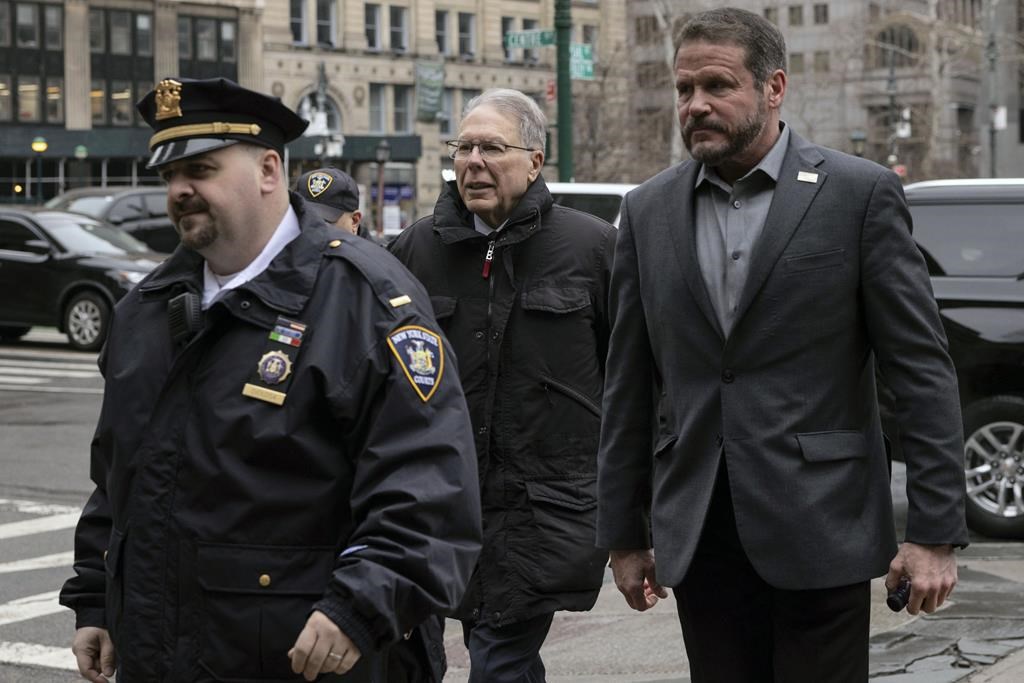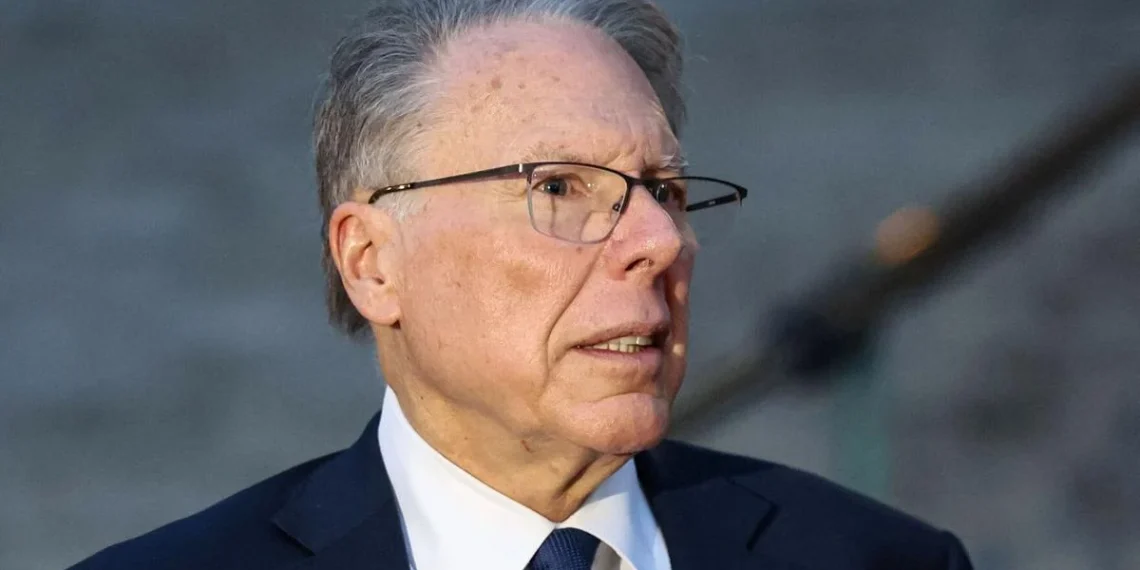The civil corruption trial against the National Rifle Association (NRA) and its top executives is under intense scrutiny as the jury continues deliberations. Led by the New York attorney general’s office, the trial alleges widespread corruption within the organization, seeking to hold key figures accountable for their actions.
Throughout the trial, Assistant Attorney General Monica Connell accused the NRA and its former CEO, Wayne LaPierre, along with other executives, of engaging in extensive corruption, asserting that they misappropriated millions of dollars intended for charitable purposes.
Connell highlighted lavish personal expenses, including private flights, luxury accommodations, and exorbitant clothing purchases, as evidence of financial misconduct.
The prosecution argued that LaPierre, despite claiming altruistic motives, prioritized personal gain and the enrichment of select individuals within the organization. Allegations of nepotism and favoritism towards loyal board members were also raised, further undermining the integrity of the NRA’s leadership.
In response, LaPierre’s defense team vehemently denied the allegations, portraying their client as a dedicated advocate for the NRA’s mission and dismissing accusations of self-interest.
They emphasized LaPierre’s purported commitment to advancing the organization’s objectives and argued that any expenditures were justified in pursuit of its goals.
The trial’s outcome holds significant implications for the NRA’s future, as well as for the broader landscape of gun advocacy in the United States. With tensions running high and the credibility of the NRA at stake, the jury’s deliberations are closely watched by supporters and critics alike.

As the proceedings unfold, the trial serves as a stark reminder of the importance of accountability and transparency within nonprofit organizations, particularly those wielding significant influence in shaping public policy.
In this high-stakes legal battle, the verdict will not only determine the fate of the accused but also send a powerful message about the standards of conduct expected from organizations entrusted with charitable funds and public trust.





